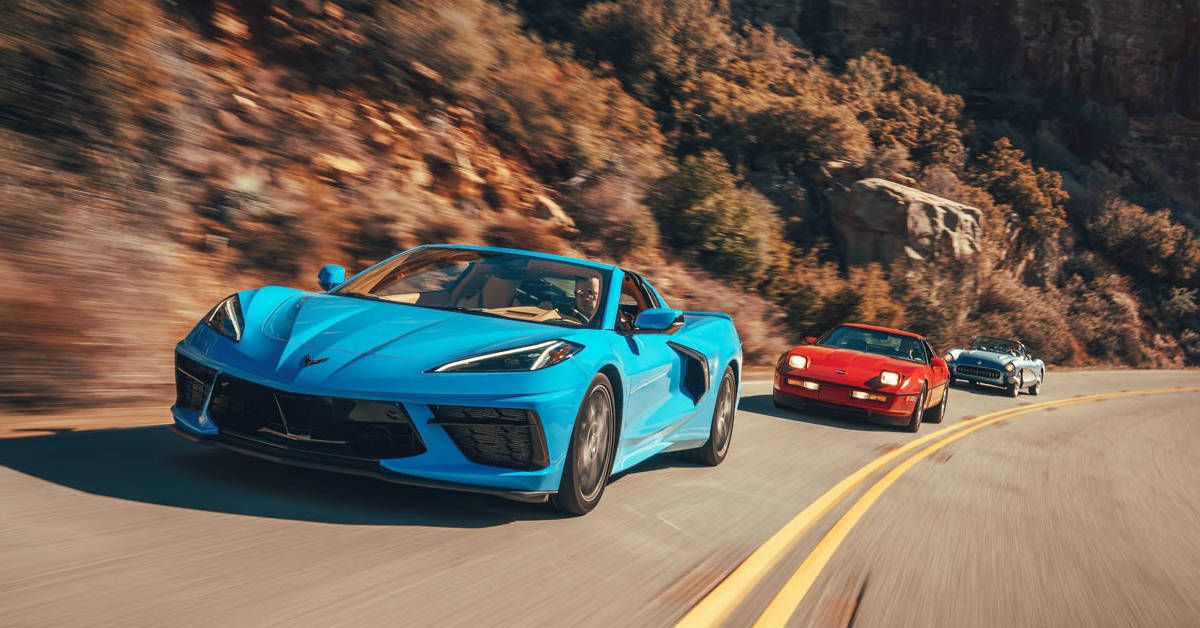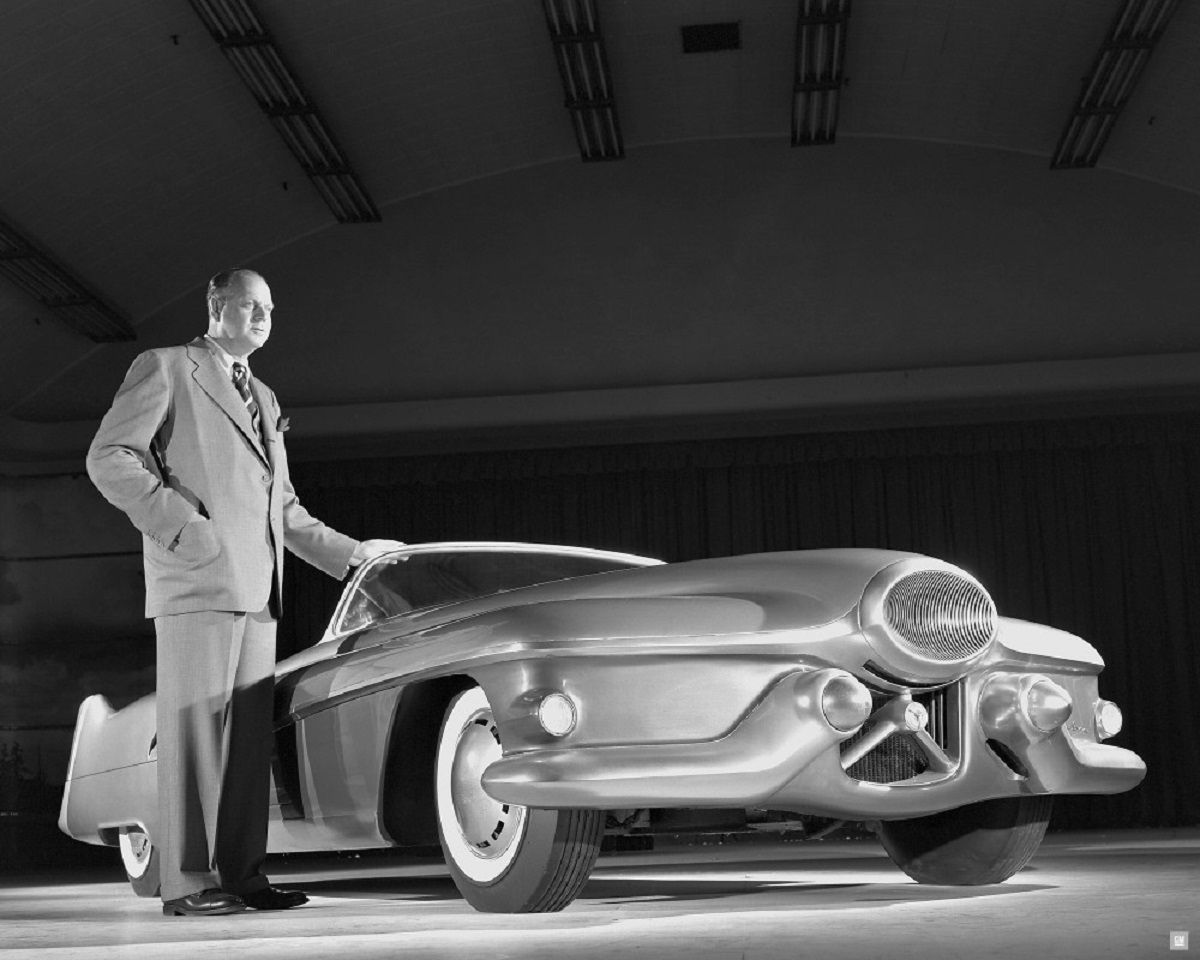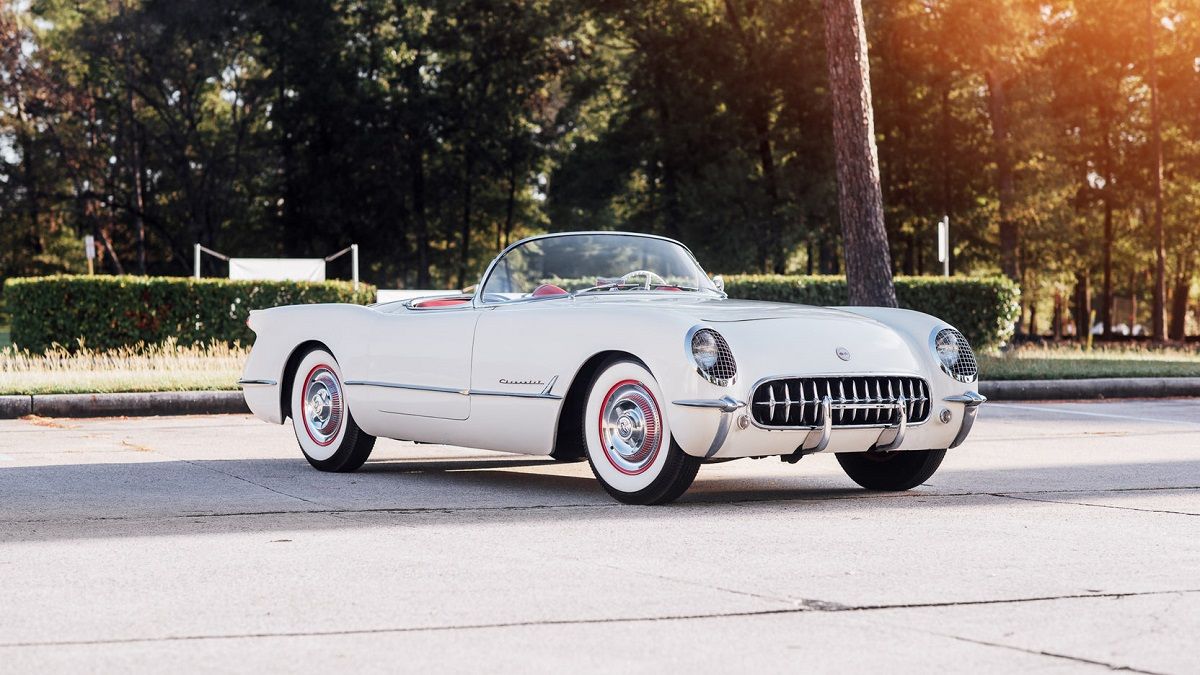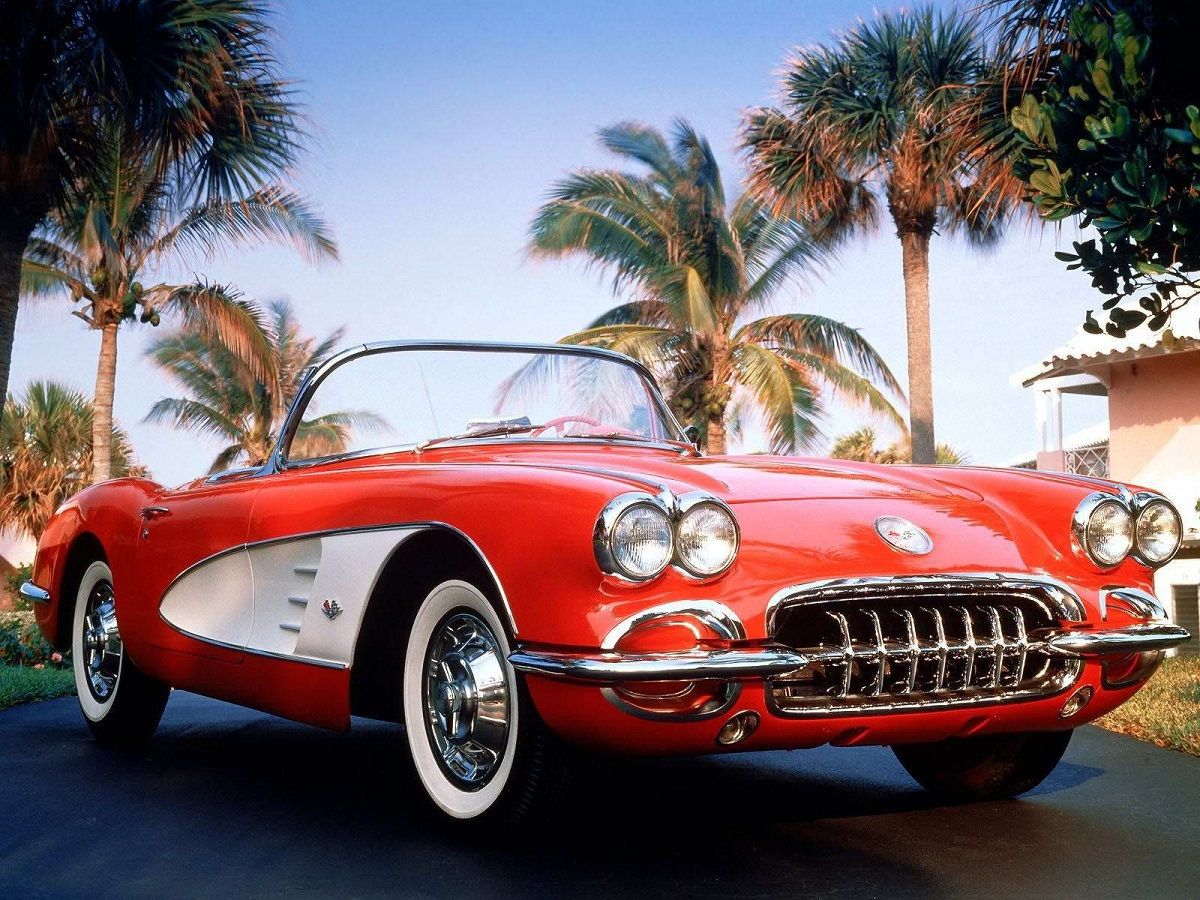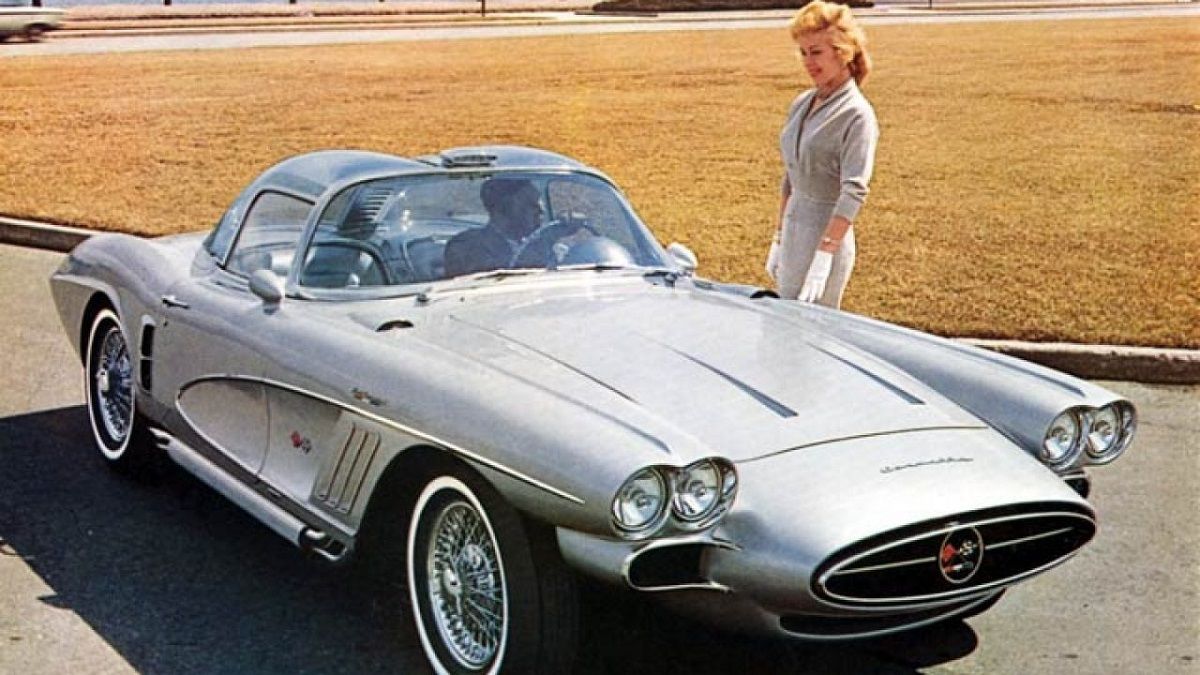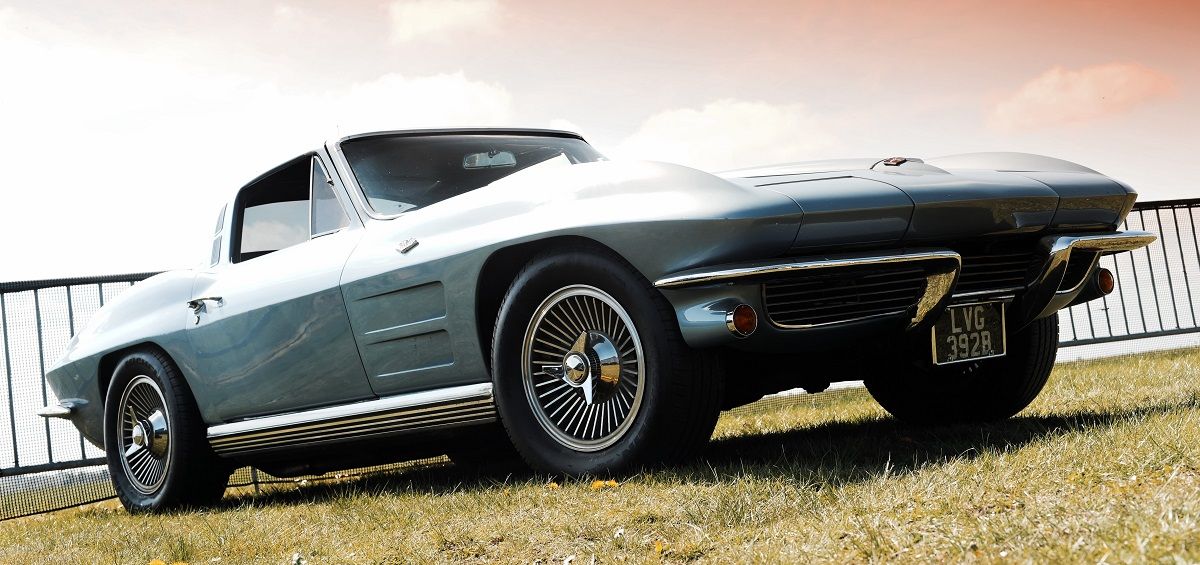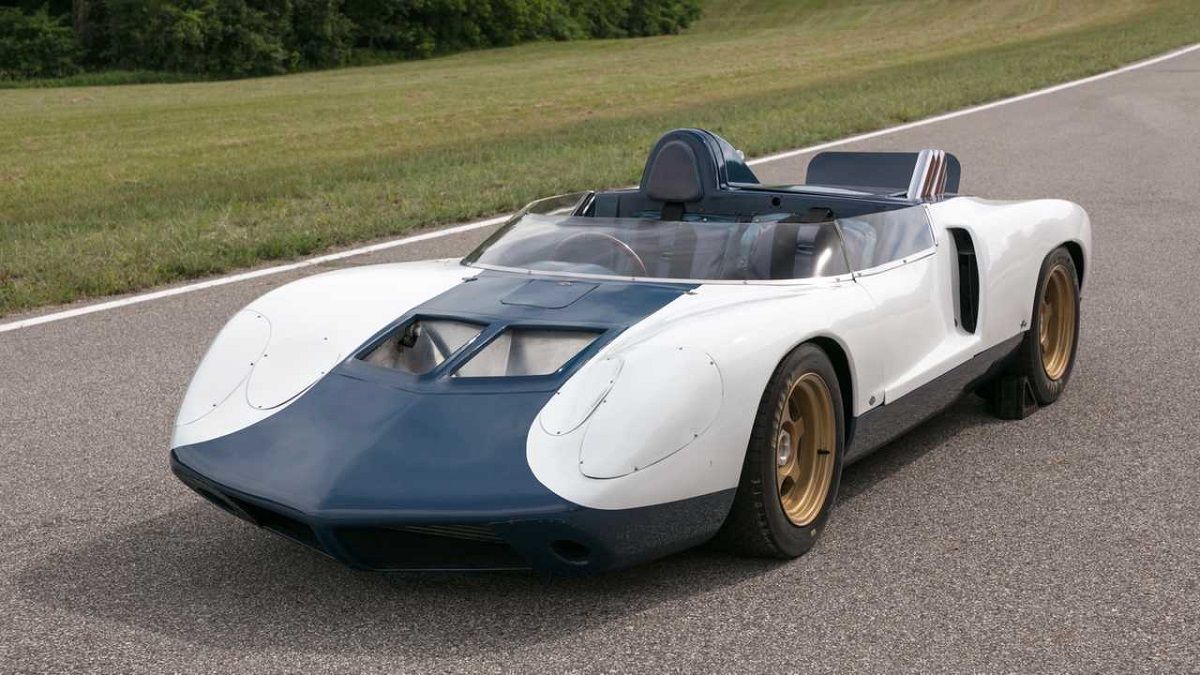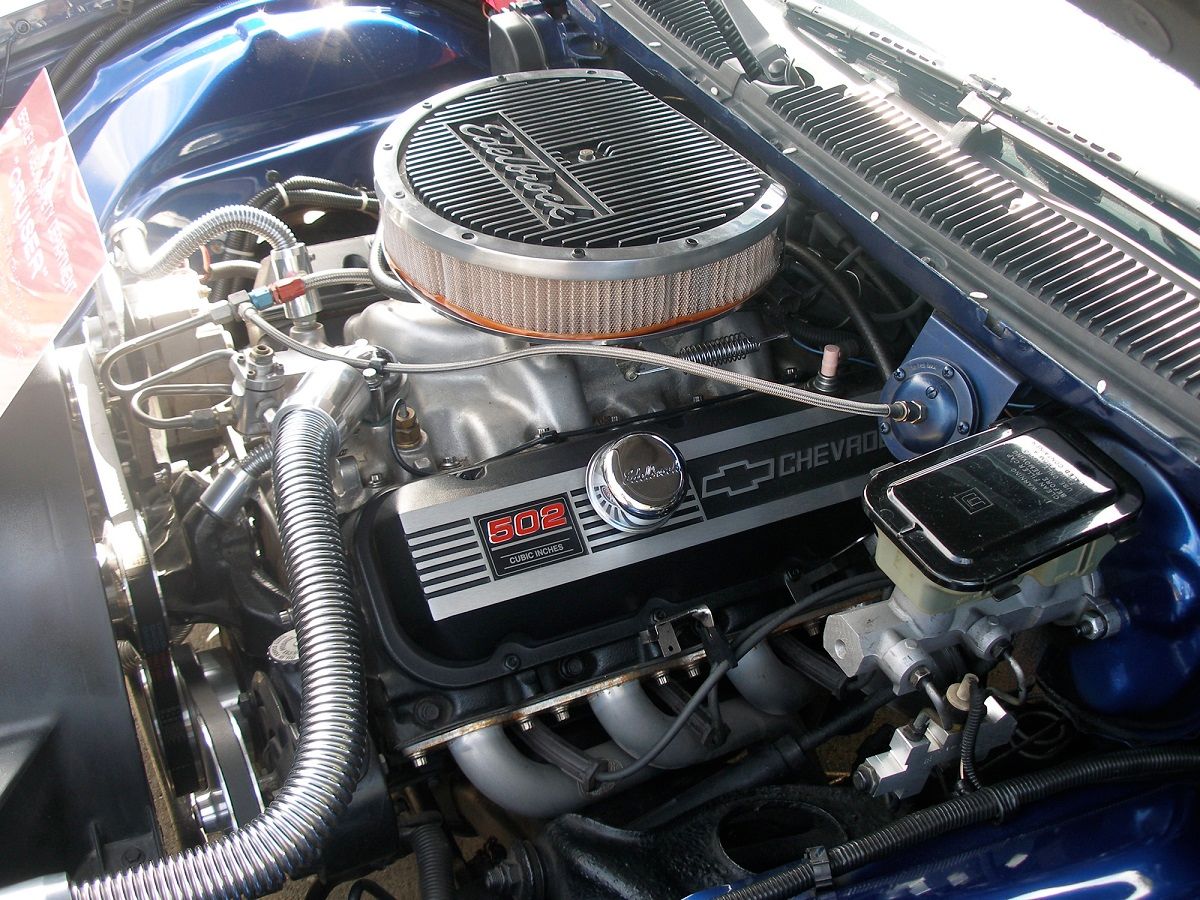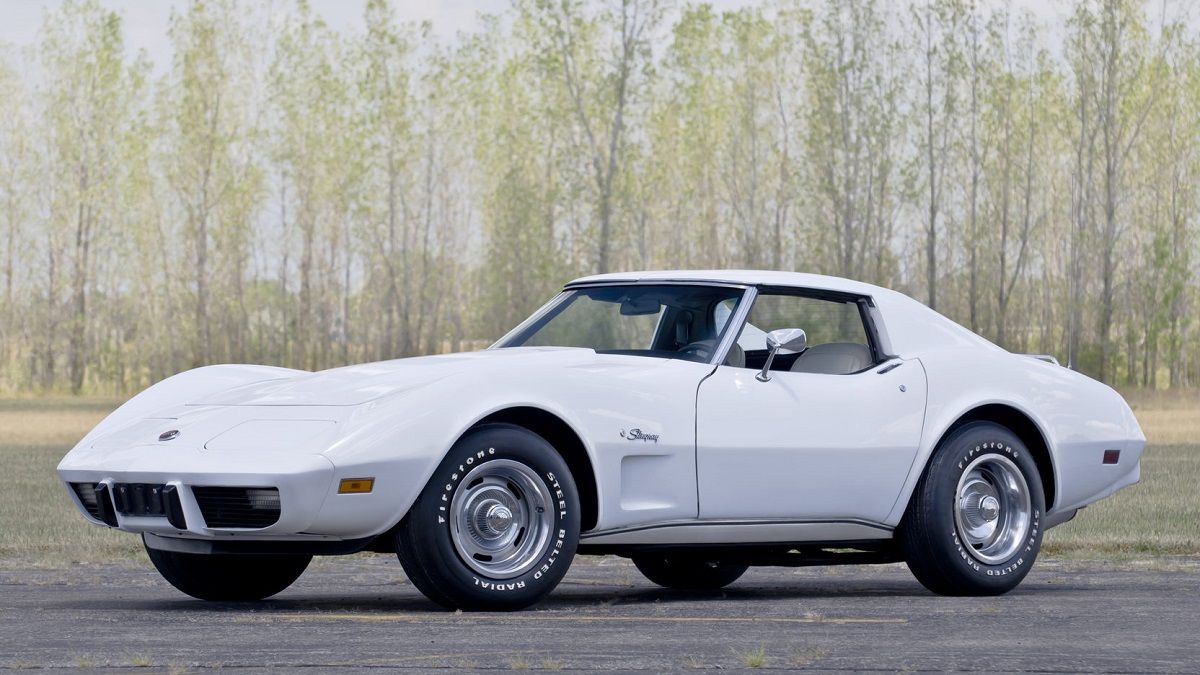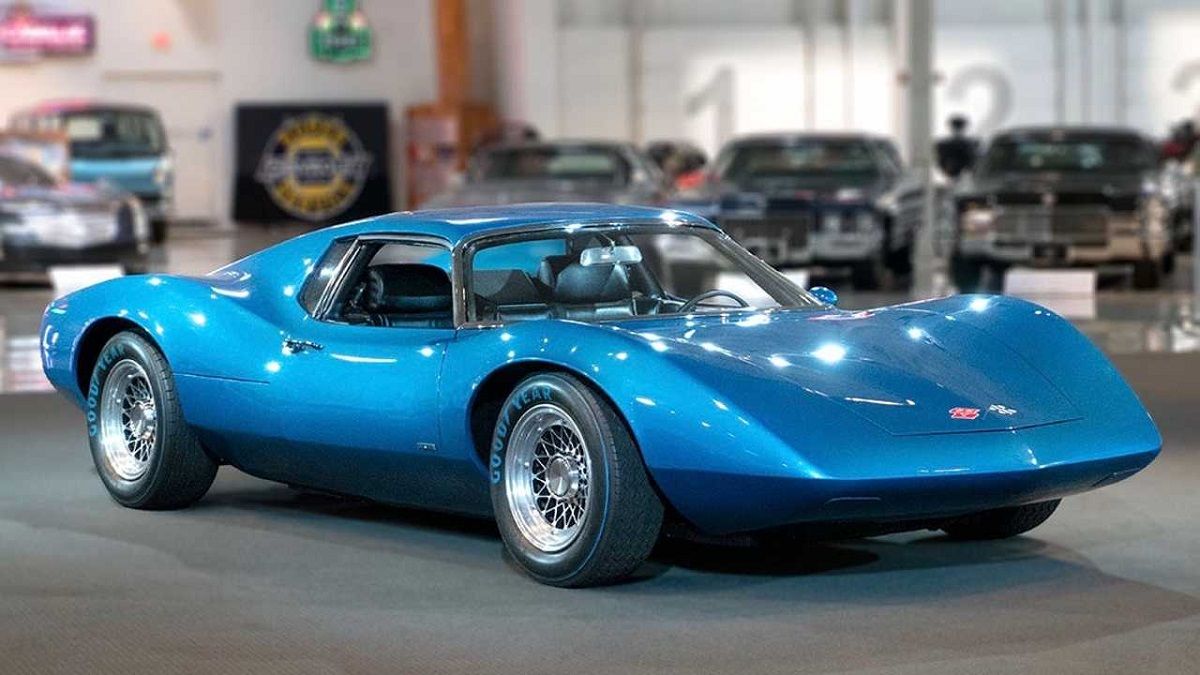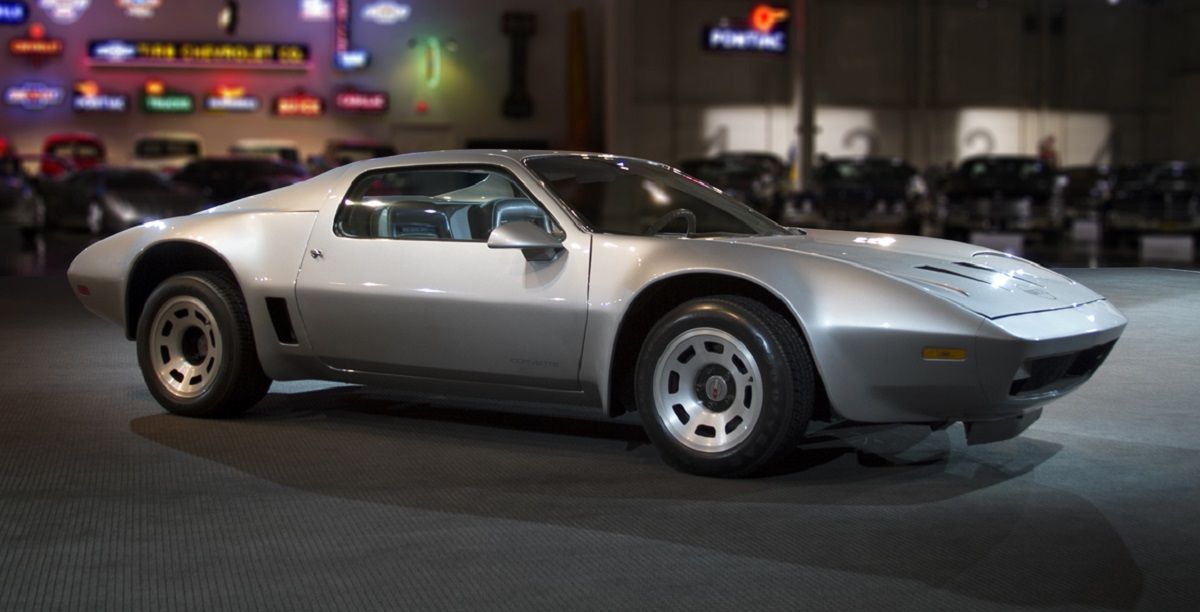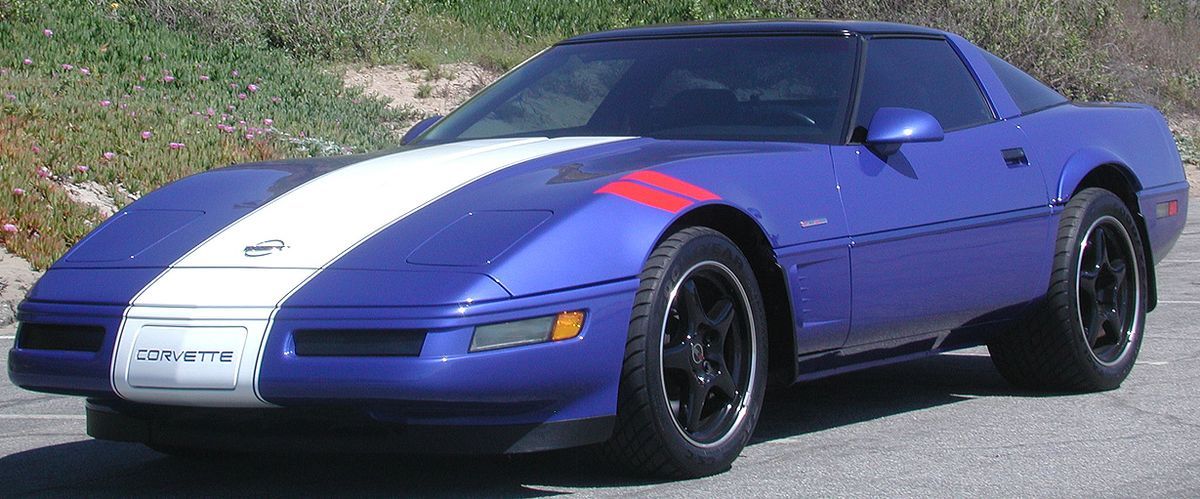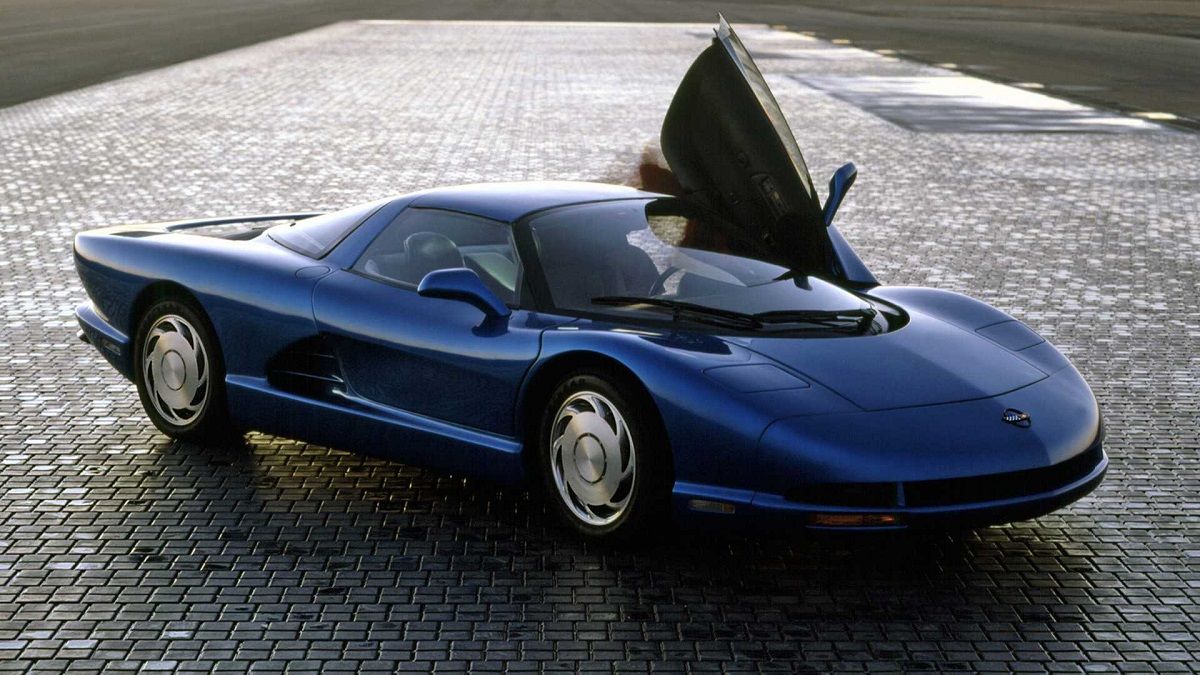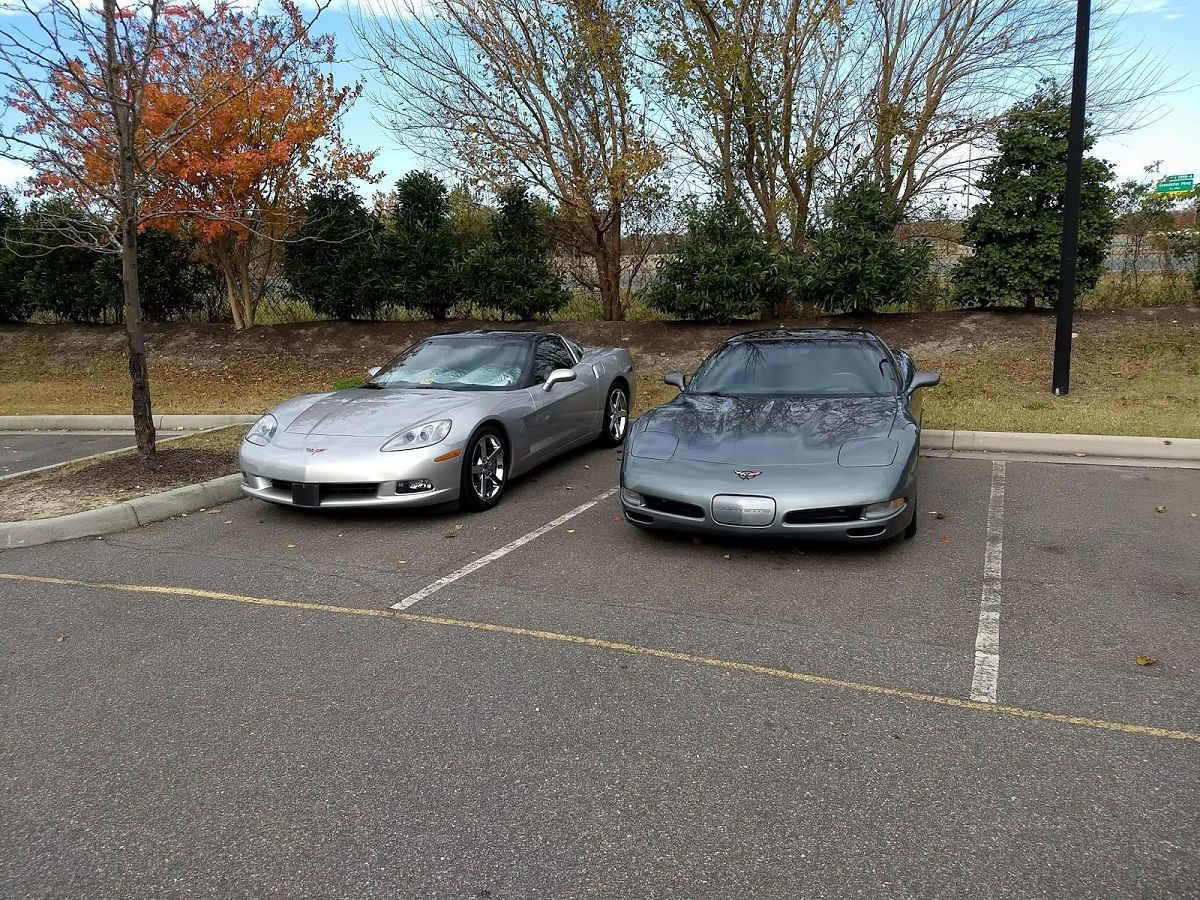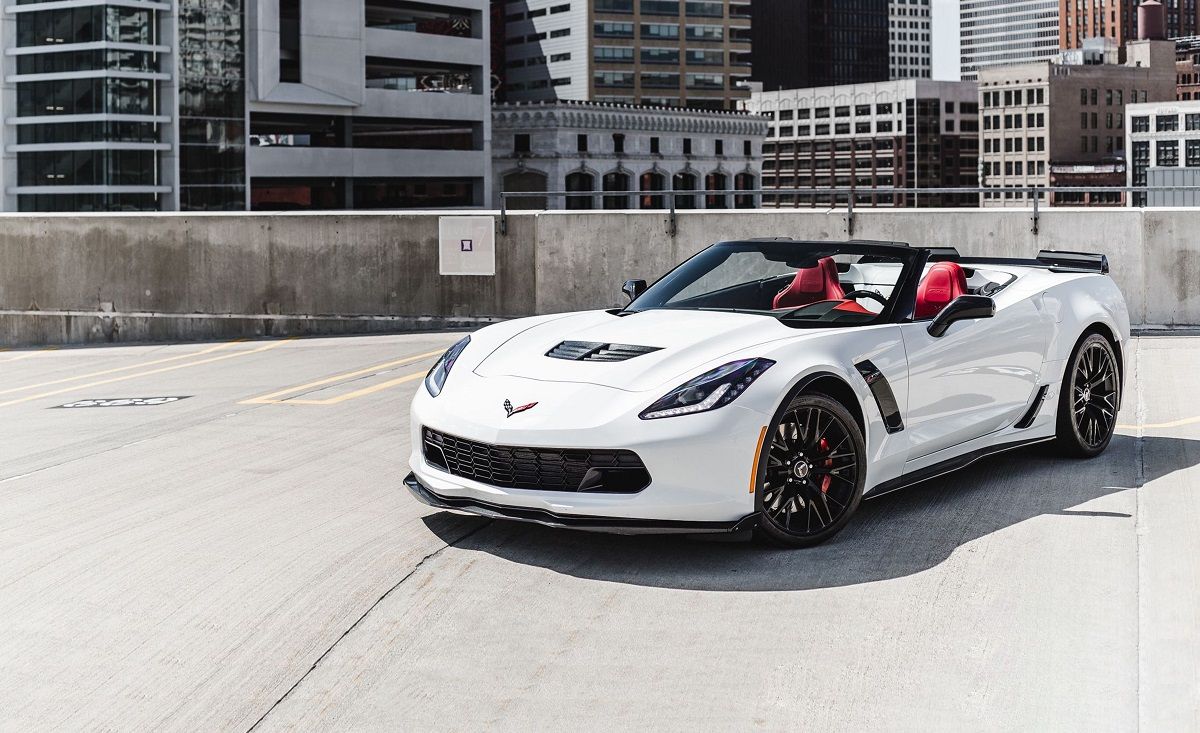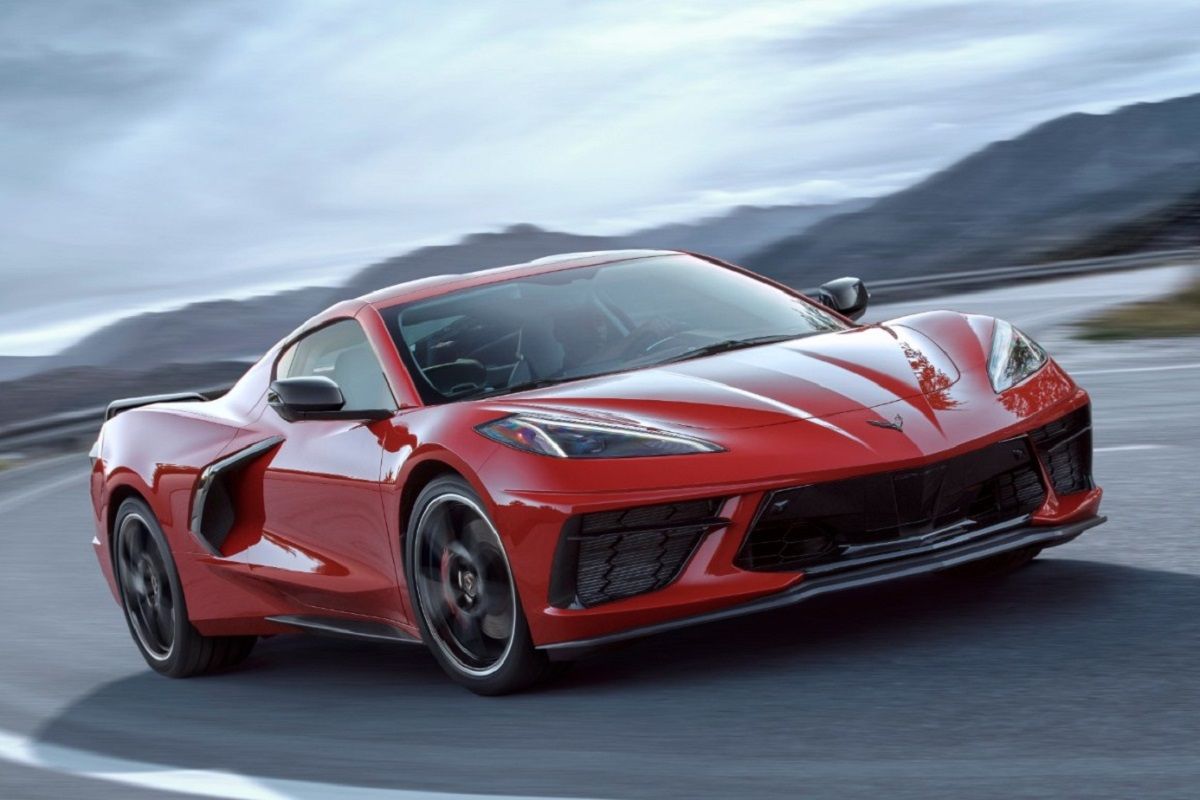Although the Corvette didn’t begin with resounding success and struggled through its early beginnings to get sales, the roadster’s future bore accomplishments. It’s a rare event in the American automobile calendar where companies like Ford and Chryslers made an impact right from their debut. Corvettes are now one of the most demanded sports cars, a long journey from a sales slump in the early 1950s where only 183 were sold out of 300 Corvettes manufactured.
Undeterred by the sales downturn, Chevrolet continued its Corvettes that revolutionized the car industry. With fiberglass bodies mounting more power and tucking big-block V8s, every idea introduced in the concept took off... except the mid-engine layout. Surprisingly, while many concept versions hinted at the future incorporating a mid-engine layout, it took 30 years before a mid-engine Corvette comes in the markets with the 2020 Stingray marking the beginning of the C8 generation. Here’s a breakdown of the journey of the mid-engine Corvette, from concept to becoming reality.
15 1951 “Project Opel”
Corvette’s journey began in 1951 when Harley Earl, General Motors’ chief stylist created the Project Opel. Harley Earl was enthused by the small European sports cars and proposes a two-seater sports car in 1952. The project is code-named "Opel Sports Car" and Chevrolet begins working on the prototype for the 1953 Motorama.
14 1953 Unveils Full-Scale Corvette Concept
The Opel project is named Corvette after a small class of fast warships used in the Second World War. In January 1953, Corvette is unveiled at General Motors’ Motorama auto show in New York City. The concept receives a warm welcome and six months later, the Corvette begins its production journey.
13 1953–1962 C1 Generation Begins
The first generation joins the assembly line where 300 production versions of the Chevy Corvette are manufactured. All models in the line are powered by a 3.9-liter six-cylinder engine and offered a single two-speed automatic transmission. By 1955 a three-speed manual transmission becomes available while the last C1 Corvette churns out 340 horsepower.
12 1958 XP 700 Concept
Famed automobile designer Bill Mitchell designed a running concept car called the XP 700. Mitchell became GM’s chief stylist following Harley Earl. His 1958 XP 700 Dream Concept served as a style platform for the 1961 and 1962 Corvette models. Its Sting Ray style rear end inspired the ultimate Corvette Sting Ray models.
11 1963–1967 C2: Second Generation
The C2 generation of Chevrolet Corvette was built for the model years of 1963 through 1967. It was the second generation of Corvette and was popularly known as the Corvette Sting Ray. The new Corvette C2 featured some marked differences from its predecessor. The most prominent change was the front end that featured folding pop-up lights and at the rear, there was a split window.
10 1964 CERV II
While the latest 2020 Corvette Sting Ray begins its trek on the mid-engine layout, the concept first knocked Chevrolet’s door in 1964 when the 1964 CERV II concept was introduced. It was the first mid-engine car to incorporate full-time, four-wheel drive. It was powered by a 6.2L V8 engine which produced 490 horsepower.
9 1965 Adds Big Block V8s
The 1965 Corvette models receive a big change under the hood. Chevrolet introduces big-block V8 engines that were capable of producing 390 horsepower while an optional 396 CID L78 engine boosted the power to 425 horsepower. Besides big block V8s, Chevrolet also upgraded brakes and installed four-wheel disc brakes for the 1965 model year.
8 C3 Third Generation: 1968-1982
The third generation embraces a complete makeover and introduces “T-top” removable roof panels for the production cars. C3’s style resembles closely to the 1965 Mako Shark II concept. In 1969, a race package “ZR-1” is offered on C3 for the first time. However, the last model in the C3 line could only push 200 horsepower.
7 1968 XP-880 ASTRO II
Four years later the, 1964 CERV II Concept which introduced a practical mid-engine layout, the XP-880 concept later dubbed Astro II follows its predecessor’s footsteps. When Astro II debuted at the 1968 New York Auto Show, rumors about a mid-engine Corvette circulated around the automobile circuit. Its V8 engine made 400 horsepower.
6 The '70s And '80s: Mid-Engine Layout Push
While its three decades later that we see a mid-engine Corvette officially enter the market, the ‘70s and ‘80s gave the world a few glimpses of the mid-engine design. Many concept versions after the 1968 Astro II followed. These included 1970 XP-882, 1972 XP-895 and 1973 Reynolds, Two-Rotor Corvette, and the 1986 Indy Concept.
5 Fourth Generation C4: 1984–1996
The fourth-generation models become more aerodynamic and increases the top speed that goes over 150 mph. Corvette ZR-1 debuts in 1990, while two years later, the Corvette’s high performance 300 horsepower rated 5.7-liter V8 gets LT1 designation. 1995 marks the end of C4 ZR-1s with a boost of 150 horsepower.
4 Last Mid-Engine Concept: 1990 CERV–III
The 1990 CERV-III was the passenger derivative of the powerful Chevrolet Corvette Indy. It was the last concept model of the Corvette to use a mid-engine layout, 5.7-liter LT5 V-8, which blurted out 650 horsepower. The car incorporated lightweight carbon fiber in the body. CERV IV concept followed CERV III but it had a front engine.
3 C5 (1997–2004) And C6 (2005–2013) Focus On Power
While many people gloom over the end of the mid-engine concept, Chevrolet keeps adding more power in its later generations. The C5 generation models by the end of the production could make over 400 horsepower. The C6 generation installed a new 7.0L small-block V-8 that produced 505 horsepower and 470 lb. ft. of torque.
2 C7 (2014-2019) Z06 Revival
Still continuing without any hint of a mid-engine Corvette, the 2014 model year resurrect the Z06 trim as a part of the seventh generation. The Z06 is powered by a LT4 supercharged 6.2L aluminum V8 engine that makes 650 horsepower. The 2019 Sting Ray charged by 455 horsepower rated 6.2L V-8 engine concludes C7’s era.
1 C8 Generation (2020–Present): Chevrolet Corvette Sting Ray
Finally, after 30 years, Corvette brings forth a mid-engine Chevrolet Corvette Sting Ray, the first mid-engine Sting Ray to join the assembly line. The sports coupe/convertible is powered by a 6.2L LT2 V8 engine that generates 495 horsepower and 470 lb-ft of torque. It claims to reach a top speed of 194 mph.

